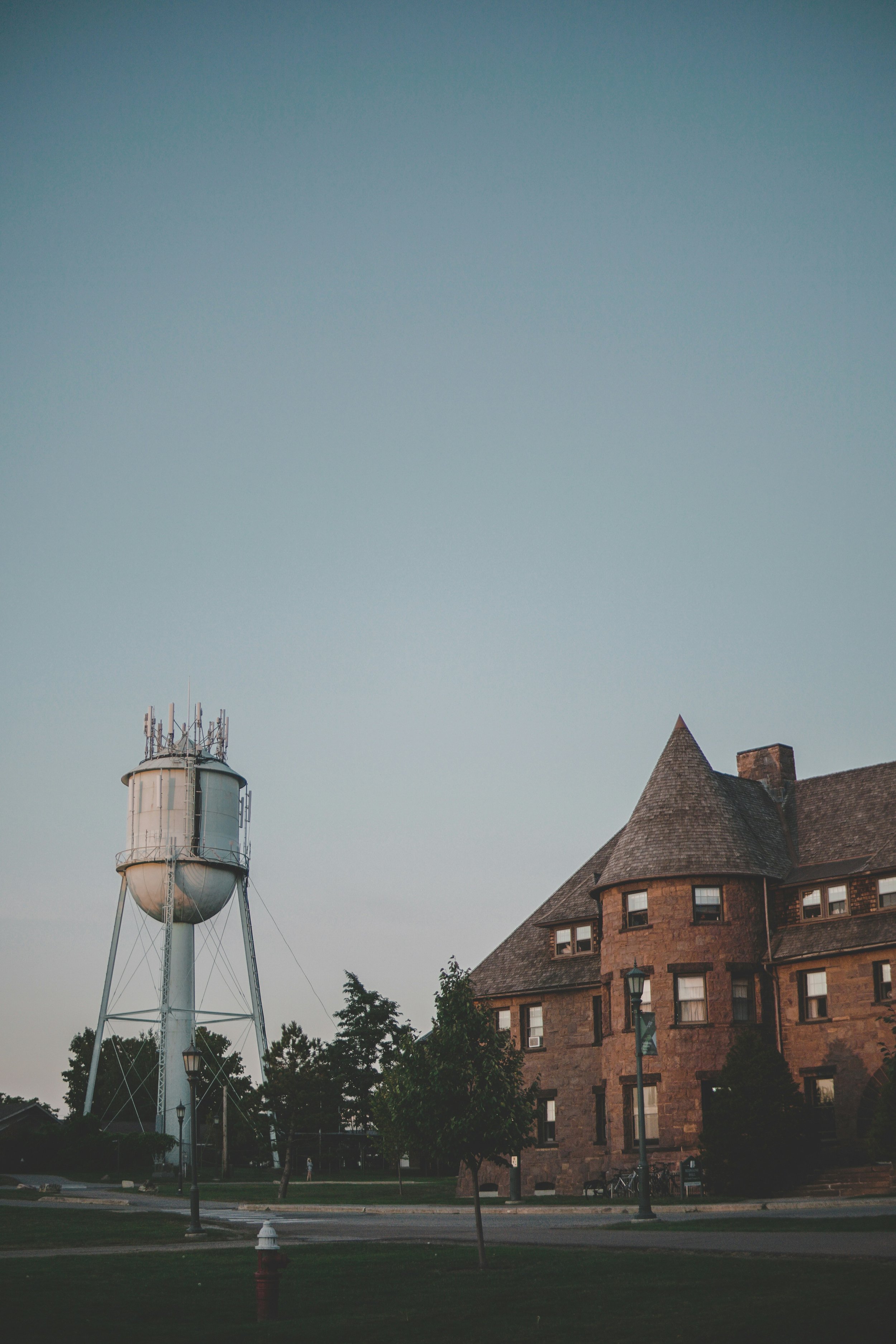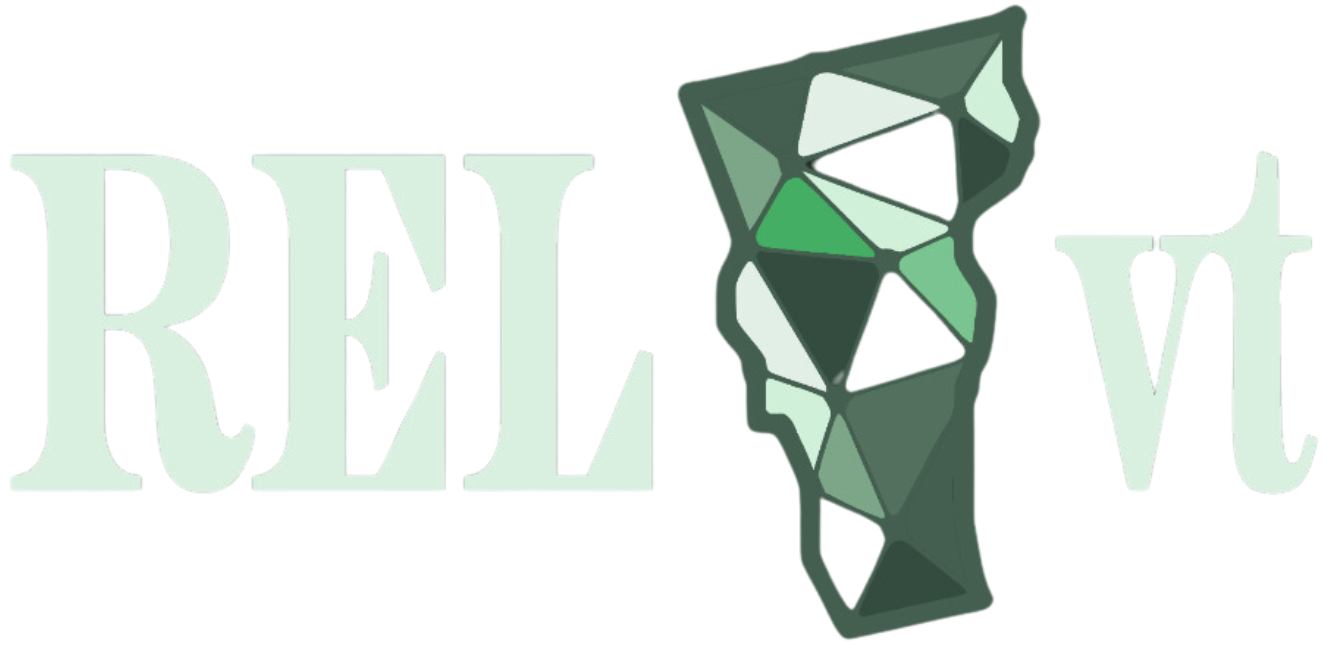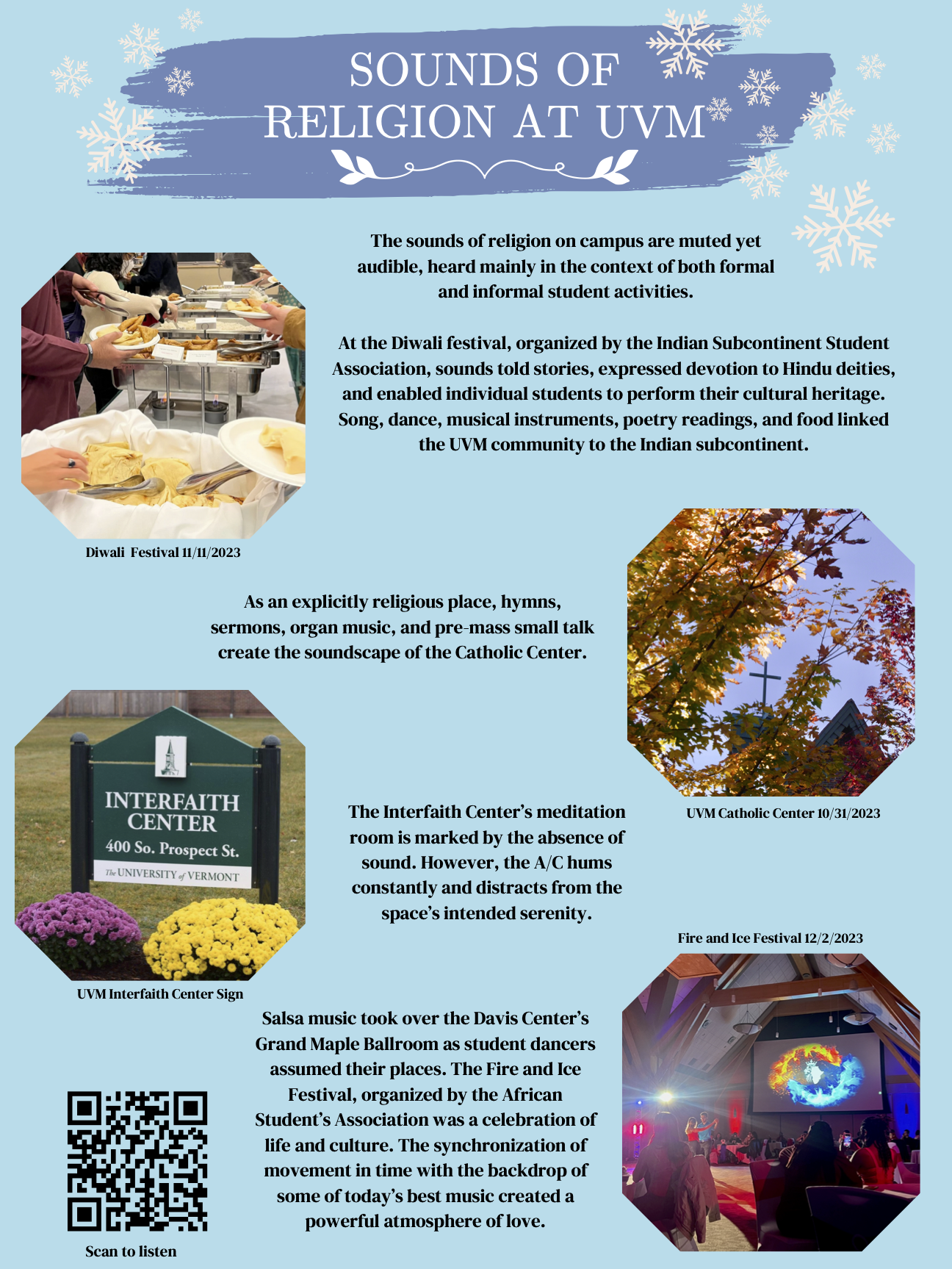
what Vermont religion
sounds like
Hear religion in public
on UVM’s campus and Church Street in Burlington, VT.
This poster/audio exhibit features sound collages, text, images, and material objects assembled and curated by UVM and Champlain College students in the Fall 2023 semester. The “Sounds of Religion” Smithsonian SITES traveling poster exhibition will also be installed in the Billings Apse, courtesy of the UVM Silver Special Collections Library.
organ playing at church
〰️
devotional song to Lord Shiva
〰️
call to prayer on a Muslim phone app
〰️
Shalom Alecham sung before Shabbat dinner
〰️
laughter and chitchat in the Interfaith Center
〰️
contrasting silence of the center’s prayer room
〰️
movement of breath in a yoga class
〰️
pounding of footsteps of Diwali dancers
〰️
sound of challah bread bread breaking at Chabad house
〰️
crackle of hot oil as a celebratory meal is prepared
〰️
scribbles and flipping of pages as a student teaches the Quran
〰️
organ playing at church 〰️ devotional song to Lord Shiva 〰️ call to prayer on a Muslim phone app 〰️ Shalom Alecham sung before Shabbat dinner 〰️ laughter and chitchat in the Interfaith Center 〰️ contrasting silence of the center’s prayer room 〰️ movement of breath in a yoga class 〰️ pounding of footsteps of Diwali dancers 〰️ sound of challah bread bread breaking at Chabad house 〰️ crackle of hot oil as a celebratory meal is prepared 〰️ scribbles and flipping of pages as a student teaches the Quran 〰️
SACRED SOUNDS @ UVM
when was the last time you stopped to listen?
During the 2023 Fall Semester, students enrolled in Sacred Sounds recorded the sounds of UVM and the religious sounds of UVM. Our observations on the muted (but audible) nature of religion on campus highlight the relationships between religion and student life, including how the sounds mirror, diverge, and intertwine with each other.
What sounds do you associate with religion at UVM?
What about UVM more generally?
If nothing comes to mind, don’t worry.
This exhibit will give you tools to listen more closely.
Explore the relationship between sound and space: how would a noise be heard differently in Billings study room compared to a space like Brennan’s? Learn the difference between “Religion at UVM”and“UVM religion.” Institutional Religion versus what is sometimes called lived religion. Investigate what sounds make up the UVM soundscape.
Who do you hear? Who do you not hear?
Catamount Soundscapes
“Sound shapes, structures, and influences how people navigate and experience a place, contributing to their sense of belonging to a wider community.”
-
Sounds of UVM Transcription
(In Order of Appearance)Sounds Edited & Compiled by Gabi Gomez
Transcribed by Mary Carlson-Belanger
Roar of the F-35 jet overhead
UVM Concert Band playing in a recital- brass section, drums, flutes
Basketballs bouncing, echoed and indistinct shouting of basketball players
Man says, “Come on, UVM, let’s go.”
Shouting from players
Crowd shouts, “YEAH!”
UVM Concert band playing same song, abruptly ends
Cheers and claps from orchestra audience
Woman chants into a megaphone, “Show me what community looks like!”
Group responds shouting, “This is what community looks like!”
Woman chants into a megaphone, “Show me what democracy looks like!”
Group responds shouting, “This is what democracy looks like!”
Woman chants into a megaphone, “Show me what a union looks like!”
Group responds shouting, “This is what a union looks like!”
Cars driving by- car tires driving over pavement one after the other
Woman chants into a megaphone,“Show me what a worker looks like!”
Group responds shouting, “This is what a worker looks like!”
Call and response fades out
Cars driving by
Footsteps on sidewalk
Repetitive ding of crosswalk signal
Man plays the guitar and sings along inaudible words in Russian
Song picks up in tempo
Woman apologizes, “Sorry.”
Russian singing and guitar playing continues
Man shouts, “WOAHHH!”
A small group of people laugh and clap
Man says, “Wait, I know this guy.”
Woman says excitedly, “Hiiii, I was just going to send this to the group chat!”
Large group cheering and clapping
Cheers and yells of excitement from soccer game
Whistle blows
Announcer counting down, “5, 4, 3,” a few women join him counting down “2, 1”
Buzzer sounds
UVM band playing UVM fight song
Water trickling from the fountain
Inaudible student conversation in the library
Door squeaks open
Footsteps
Jazz music plays from the Davis tunnel
Cars driving by
CAT bus drives by (whirring)
Bass bumping
Students laugh and indistinct chatter
Tinny bell rings
Airhorn (?)
Sports whistle blows two times
Bass bumping
Students laugh and indistinct chatter
Roar of F-35 jet overhead
List of Tracks Sampled to Make Sounds of UVM Recording
Davis Center Tunnel- Kayla Santiago
Holiday Hucks Rail Jam- Lauren Coleman
Catbus on campus- Sam Light
Russian song- Zack James
Call and response- Zack James
F35- Julia Buonomo
Girls basketball- Francesca Compton
UVM Concert Band- Sam Light
Soccer Game Virtue Field Part 1- Sam Daly
Soccer Game Virtue Field Part 2- Sam Daly
Leaves crunching near Ira Allen- Sam Light
Main Street/ University P/Corner- Gabi Gomez
UVM Tunnel and WRUV- Sam Light
Fountain- Julia Buonomo
Tunnel- Julia Buonomo
Sounds of Religion @ UVM
“The sounds of religion on campus are muted yet audible, heard mainly in the context of both formal and informal student activities.”
-
Sounds of Religion at UVM Transcript
(In Order of Appearance)Sounds Edited & Compiled by Zack James
Transcribed by Olivia Mala Tiwari, Lauren Coleman, & Samantha Morgan
Catholic Mass Singers
The congregation sings a hymn in unison as a piano plays in the background
Davis Green Preacher
Man shouts, “Sinner! Sinners! They don’t deserve the air they breathe!”
indistinct chatter in the background
“Christ died on the cross… sinner!”
Interfaith Center Gratitude Conversations
Woman says “I don’t really have a particular religious background…”
loud laughter in the background and dishes clattering
“But I’m grateful for… this week has been stressful, it's my midterms round two, so I’m really grateful to have a lot of time and support.”
Man says “Okay”
Woman sings in Marathi
Woman says “My religious background is atheist, um, I guess what I’m grateful for, I think, is just waking up I guess…”
chuckle
“But um, just seeing the day and seeing another day and whatever brings warmth in that day. I thought the weather was nice, I took a 10-minute walk through a street I’d never gone down before in Burlington. And the sun was just nice…”
Marathi singing continues in background.
Overlapping voice of a man says “I didn’t do as many words as before but now that I’m trying to learn to pray. It’s all about saying the words...so yeah”
Another man replies, “The words, it’s like about facts…
Man replies, “Yeah concepts and stuff”
Woman says “Sorry that’s horrible see you later!”
The Preacher says “Christ on that cross and the amazing sacrifice…..”
Cooking
Clattering of dishes
Opening of can
Song in Marathi and Conversation with a Muslim at the Interfaith Center
Woman sings in Marathi, overlaps with Interfaith Center Gratitude Conversation
Man says, “My religious tradition is that I’m Muslim, and one thing that I’m grateful for is, for me, all these people, so like, I have found my group of people here in Vermont… after moving so many places…”
Hanukkah
People singing in unison in Hebrew for a Hanukkah celebration.
Sound of Interfaith Gratitude Conversation stops, Marathi singing continues.
One person says “Hanukkah!” and the group laughs.
Marathi singing continues and all other sounds cease
Loud, low notes of a piano enter
Vacuum whirs inside of the Catholic Center
Song in Marathi continues, piano fades into the Catholic mass
Catholic Mass
Priest says “In the name of the Father, and of the Son, and of the Holy Spirit.”
Crowd responds “Amen.”
Priest continues, “The grace of our Lord, Jesus Christ, and the love of God, and the communion of the Holy Spirit be with you all.”
Crowd responds “And with your spirit.”
Song in Marathi ends.
Priest says, “My brothers and sisters, let us acknowledge our sins so as we prepare ourselves to celebrate the sacred…”
Christian Radio
Man says, “...really, all things were created through Him… John as well, and another place is Saint Paul… and everything was made through Him, Galatians…everything was made for Him, everything was made by Him, and God’s plan was that…”
Saxophone solo enters
Cars drive by in background
Vigil for Israel
Indistinct woman’s voice is heard
People sing in Hebrew during the Vigil for Israel.
Winds section of orchestra enter with Russian Christmas Music
Mallet instrument dings
Brass section enters
Indistinct chatter
Hebrew singing continues
List of Tracks Sampled and Recordists
Catholic mass (singing) - Hanna Hartman
Catholic mass (sermon) - Hanna Hartman
Davis Green preacher - Joey Cross
Interfaith gratitude conversations - Hanna Hartman
Cooking and prayer mat - Gabe Sennott
Song in Marathi - Olivia Tiwari
Muslim student teaching the Quran - Gabe Sennott
Hanukkah celebration - Hanna Hartman
Vacuum in the Catholic Center - Sam Light
Piano in the Catholic Center - Sam Light
Christian talk radio broadcast - Gabe Sennott
Vigil for Israel - Lauren Coleman
Russian Christmas music (instrumental) - Sam Light
Call to prayer from cell phone app - Gabe Sennott
Shabbat service - Lauren Coleman
WHY LISTEN?
Even if you don’t consider yourself religious, understanding the religious context of the world around you is important. In the least religious state in America, it can take more attention to tune in. Opening your ears to religion could earn you a new friend, experience, and a delicious meal.
The sounds of a piano playing at church, singing a devotional song for Lord Shiva, and the chanting of group prayers at the vigil for Israel are examples of how sounds shape our perceptions of religion. To most, these sounds are recognizably religious, but what about the ambient sounds of laughter and chitchat in the Interfaith Center, the movement of breath in a yoga class, and the pounding footsteps of the Diwali dancers?
During the 2023 Fall Semester, students enrolled in Sacred Sounds recorded the sounds of UVM and the religious sounds of UVM. Our observations on the muted but audible nature of religion on campus highlight the relationships between religion and student life. Sound structures social interactions and determines how and where students feel comfortable expressing their religious identities.
As a predominately white institution, the sounds of religion at UVM reflect the religious, ethnic, and racial makeup of the study body. The playing of reggae music at student gatherings and the practice of yoga as physical fitness rather than religious practice represent appropriations of sounds connected to racialized religious groups. Student groups such as the African Student Association and the Indian Students’ Association create spaces in which minoritized students can find community.
Methods: Students learned how to create and edit field recordings with a technique of sonic ethnography that reflected their experiences of the presence and absence of religious sounds on campus. We engaged in relational listening between our ears and the microphone, acknowledging that listening is subjective. We also learned how to assemble sound collages in GarageBand. We adopted the ARSP Ethics Statement to ensure we sensitively recorded the sounds of our community.


